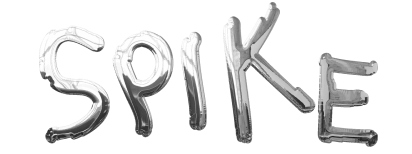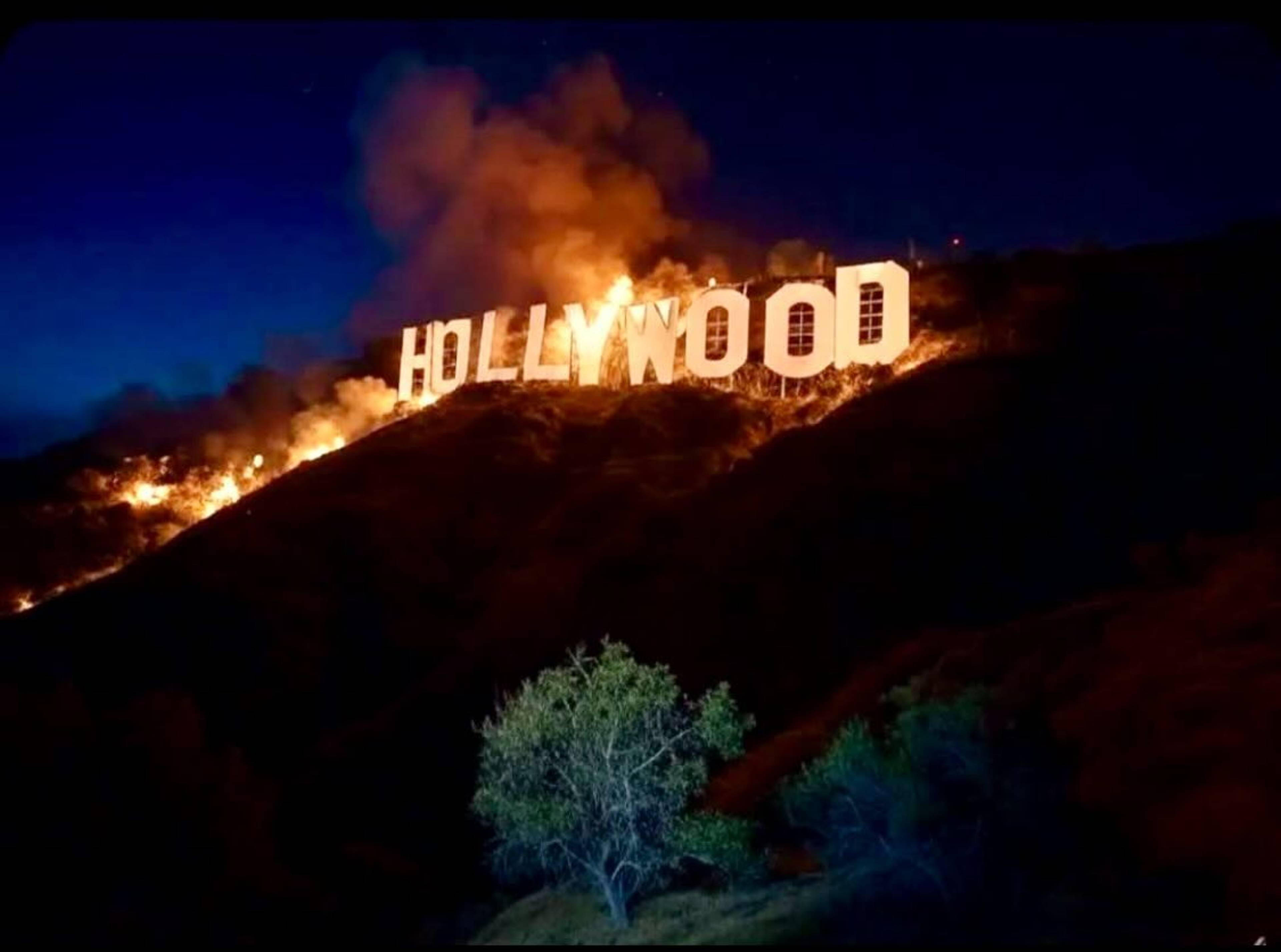Los Angeles was on fire and New York was freezing cold. I ventured to the Brooklyn Academy of Music for a presentation of an AI-based artwork by Marc Da Costa and Matthew Niederhauser called The Golden Key, not really knowing what to expect. I was worried and distracted by the flames pushing across the city I’d called home for thirteen years. Things were obviously bad. Malibu and the Pacific Palisades were gutted. Altadena, a historic pocket of Black wealth, home to many artists and dotted with unique architecture, was half gone. These had been idyllic, coveted places.
Inside the black box theater, the mood was ominous and zany. An AI-generated voice, a British fembot that occasionally slipped into a middle-eastern accent, narrated a series of short fables, collaged together from a large language model, illustrated by an evolving triptych of cartoony diffusion pictures on big screens.
Whether prompted Mad-Lib style by the audience or volunteered by the software, it wasn’t clear – but after several stories about hedgehogs and banana slugs, the algorithm assembled a tale about the Kingdom of Los Angeles, beset by a horrible fire. The townspeople unified to face the common threat surrounding their pert medieval fortress. By coincidence, a nearby AI – pictured like an iron giant on a heavy metal album cover, fire streaming from its crotch – had been tortured by visions of conflagration and death. AI to the rescue: the machine used its powers of pattern recognition to help the denizens of LA fight the blaze with maximum efficiency, “quelling the flames” with “communal spirit.”
Are material things worth making and owning? Is it time to focus on survival, setting art aside? Is any of this real?
As with any catastrophe these days, many of us “witnessed” the fires abstractly, online, through a parasocial scrim. At the same time, the LA fires, which are still burning, hit me differently than other broadcast tragedies. The people evacuating and losing homes and studios were friends. I felt the pall of anxiety even from those who came out unscathed, that LA had irreversibly changed. Will this level of uncertainty be palpable from now on? Are material things worth making and owning? Is it time to focus on survival, setting art aside? Is any of this real?
The tangible calamity swirled into a kind of funnel cloud of data. Trying to keep up was dissonant. Following the fires on social media meant picking through AI slop, TikTok reposts, and Temu ads for sex toys. When I deleted Instagram from my phone, I found myself doomscrolling Watch Duty, a crowdsourced wildfire map, seeing the evacuation zone tick closer to my old apartment in East Hollywood. Friends and acquaintances relayed the thin comfort of GoFundMe campaigns, followed a few days later by a multimillion-dollar relief fund led by the Getty – fundraising both grassroots and trickledown. Art spaces became donation centers and meeting points, shitposters became nodes of mutual aid. An exhibition called “Fire Kinship” was postponed.
This rash of fires is unprecedented but also predictable – and part of a trend, as pictures of an art world united recall stories about New York after Hurricane Sandy, Asheville after Helene, or New Orleans after Katrina. In June 2023, Canadian wildfires sent fat flakes of ash drifting over Manhattan. But early attempts to locate the present in a tapestry of polycrisis felt inadequate. On the one hand, climate change intensifies the costs of bad policy and outdated infrastructure – on the other, the callously flapping wings of our overlords generate patterns of misery, linking the ruin of LA and the flattening of Gaza. Maybe – but how useful is that comparison? Shown image after image of mangled neighborhoods, it seems we’ve exhausted our powers of artistic reasoning to make superficial sense of catastrophe.
Burning McDonalds in Altadena, Los Angeles, January 2025
An AI-generated image of looters in black hoodies in Los Angeles's Pacific Palisades, posted by Kevin Dalton on X, 8 January 2025
And in this paranoid style, we prep ourselves psychically for the next one. Our diet of disaster deepens the sense of threat inherent in Los Angeles, a place where The Big One is always in the back of your mind but where it’s hard to believe it could really happen, not to you. Still, you act as if the worst is already true. The Joan Didion quotes and Mike Davis essays circulating during the fires were a little bit solace but also a little bit “we told you so.”
Mixed into the maelstrom of disaster porn were AI-generated pictures of the Hollywood sign on fire or a band of looters in black hoodies. These drew comparisons to the (real?) footage of a burning McDonald’s sign. It reminds me of the disorienting familiarity of Trump’s bizarre but instantly viral photo ops, from his instinctive defiance after being shot in the ear to his shift at a McDonald’s drive-through, which Gideon Jacobs writes have the feeling of text-prompting reality. In other words, these images are statistically likely, already real. The mushiness between AI generation and truth-and-fact, like that Tesla Cybertruck burning in front of Trump’s Vegas casino or Elon Musk’s awkward Nazi salute at Trump’s inauguration rally, shows what we might call a lack of imagination.
A particular banality seems to cohere around disasters. Partly, it’s people leeching the algorithmically parsed attention that follows each fresh crisis. But it’s also because these calamities are so abstract and incomprehensible, fueled by planet-wide feedback loops, that they start to bleed together. LA is Gaza, Ukraine is World War II. Maybe the best recent example is a cheaply made AI image of a girl hugging a puppy in a boat, drifting through a flooded town, meant to be a victim of Hurricane Helene. Nobody thinks it’s a photograph, but nobody cares – it feels like it should be true.
What do artists do in the face of disaster? They pitch in, like regular people. But they might also try to convey the experience below the clouds of abstraction: Colm Tóibín writing about the library of the late, great Gary Indiana reaching Altadena a day too soon; a photo from the artist Kelly Akashi of the wreckage of her house and studio with her kiln still standing. The truth without a pattern is what can’t be replaced.
A benevolent AI saves Los Angeles. Marc Da Costa and Matthew Niederhauser, The Golden Key, AI-generated artwork, 2025





